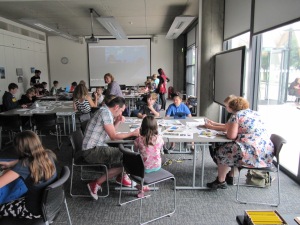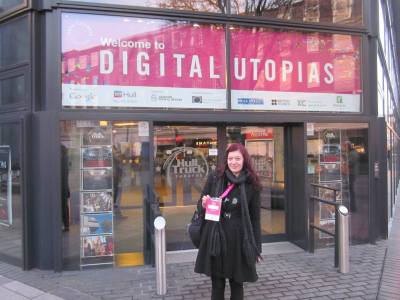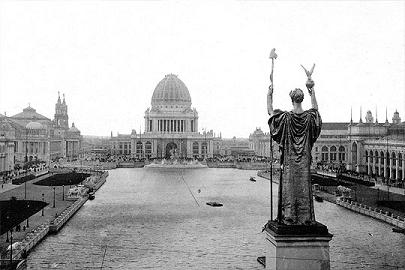![]() My Pixel Pasts project has been in development for over a year now but I am very pleased to announce that I have made the website live!
My Pixel Pasts project has been in development for over a year now but I am very pleased to announce that I have made the website live!
The project is an online database which acts as a catalogue of real-world art, architecture, places and people recreated in videogame environments. The aim of the catalogue is to be a starting search point for those wanting to begin their research in historical visualisation in games. The catalogue is ever-growing, and one day will include images. If you want to suggest any database entries please let me know via the Pixel Pasts website!
Visitors will be able to search via game title, developer, publisher, historical asset name and type (architecture, art, person, place etc), period, style and location. In addition to the general search bar I am currently working on a more advanced search tool for the “Discover” page.
There will also be an articles feature if anyone interested in videogames and historical visualisation would like to contribute?
There is still a long way to go and lots of coding tweaks to make, however the basic functions of the database are in place- please bear with me whilst I make the site more user friendly!
The idea for the project came about back in early 2014 when I was writing my MSc dissertation on the pedagogic potential of using videogame technologies for exploring architectural history. One thing which would have made my research a lot easier would have been a catalogue of historical buildings recreated in videogames, both accurately or implied by the Developers. So then I started developing Pixel Pasts as a response to both my own research need and a love for historical visualisation in videogames.
My thanks in particular go out to Simon Stamp of Block for his coding expertise and assistance with the database. Look out for updates and I hope that the site will be of use to those interested in historical visualisation.
www.pixelpasts.com — Twitter: @PixelPasts




















